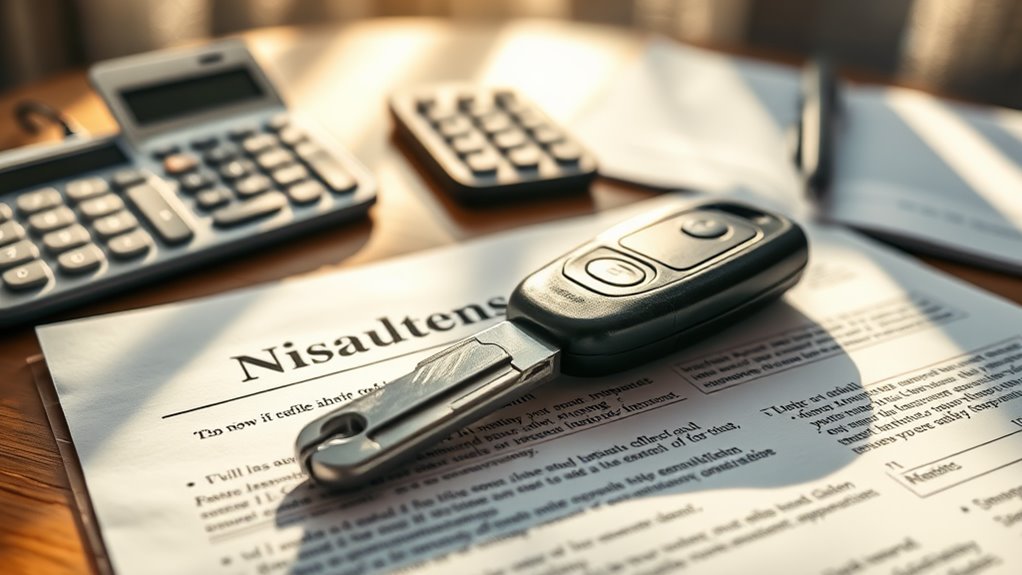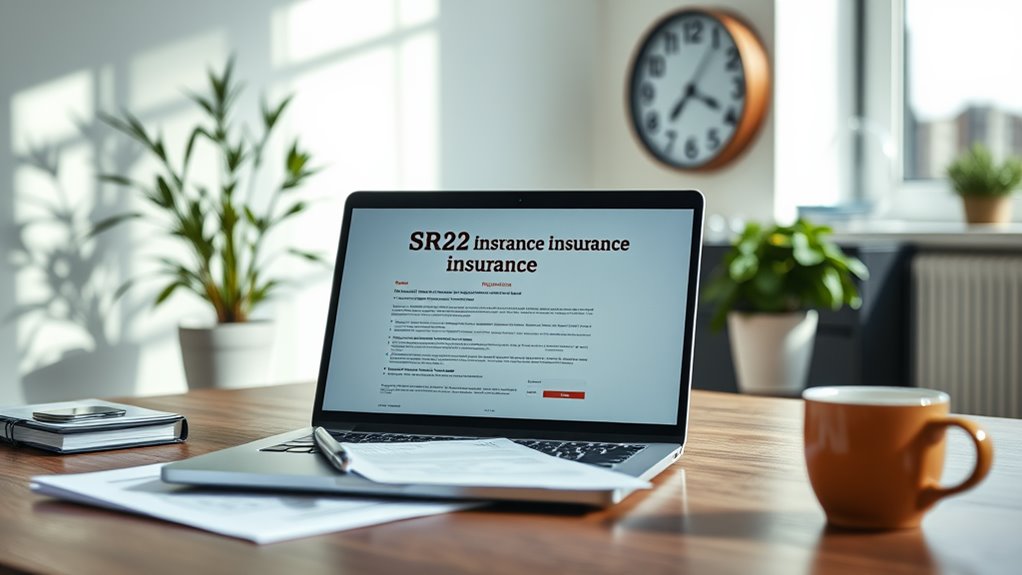When you need insurance fast, same-day coverage from top providers like GEICO, State Farm, and Progressive offers a quick solution. These companies allow you to purchase policies online and receive instant quotes tailored to your specific needs. With just a few key details, you can secure immediate proof of insurance. However, the nuances of policy options may vary widely among insurers, which raises important considerations for your decision-making process. What's best for you?
When you need coverage quickly, same-day insurance from major providers offers a convenient solution. The availability of policies from well-known companies like GEICO, State Farm, Progressive, Travelers, and Nationwide makes it easier for you to secure coverage without delay. Most of these insurers allow you to purchase policies online or through an agent, giving you the flexibility to choose the method that suits you best. While some regional providers may also offer same-day coverage, their processes can sometimes be slower, potentially causing delays in activation. Additionally, obtaining SR-22 insurance may also be necessary if you have specific driving offenses on your record.
To obtain same-day insurance, you'll need to provide specific information. Your driver's license number is essential, along with your date of birth and address for each driver covered under the policy. Additionally, you must supply your vehicle identification number (VIN) and current mileage. Most providers will also inquire about your recent driving history, including any accidents or claims. If you're switching from another insurer, proof of your previous insurance might be required to finalize your new policy.
One of the primary benefits of same-day insurance is the speed at which you can get coverage. With fast and convenient online quote systems, you can receive instant quotes tailored to your needs. Once you bind a policy, coverage can begin immediately, allowing you to drive legally on the same day. Moreover, many providers offer customizable coverage options, enabling you to tailor your policy according to your preferences. The instant proof of insurance you receive after activation solidifies your new coverage, providing peace of mind during your changeover. Additionally, you may experience access issues to certain websites due to security measures in place that protect against various online threats.
Same-day insurance offers quick coverage, instant quotes, and customizable options, ensuring you can drive legally right away.
As you explore options, consider using online tools to help you secure same-day insurance. Platforms like The Zebra allow you to compare quotes from various insurers, ensuring you find the best rates. MoneyGeek's calculator further assists in providing customized estimates based on your unique circumstances. The Jerry app streamlines the process of selecting an insurer, making it easier to navigate the options available to you. Many providers also offer fast and secure quote tools that minimize paperwork, although some may require a phone call to finalize your policy.
When it comes to common rates for same-day insurance, expect variability depending on the provider and your location. Full coverage policies typically cost more than minimum coverage, with national averages for full coverage exceeding $160 per month. Conversely, basic liability policies may start as low as $77 per month. Your individual factors, such as driving history and the type of vehicle, will heavily influence the rates you receive.
Most insurance companies allow for significant customization of policies. You can choose between full coverage and liability options, add features like roadside assistance, and adjust deductible limits to better fit your budget. Many providers even offer discounts for maintaining a good driving record, making it possible to save even more on your premium. Instant policy changes may also be available after purchase, allowing you to adapt your coverage as needed.
With so many options at your disposal, obtaining same-day insurance tailored to your needs is more accessible than ever.
Conclusion
In today's fast-paced world, securing same-day coverage from leading insurers like GEICO, State Farm, and Progressive is as simple as a click away. With user-friendly platforms that offer instant quotes and immediate proof of insurance, you can hit the road without missing a beat. This seamless process not only meets your immediate needs but also reflects the evolving landscape of insurance, where convenience and accessibility reign supreme, ensuring you're always protected when you need it most.





















